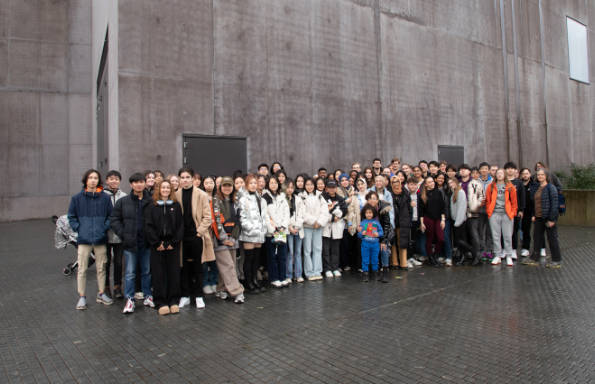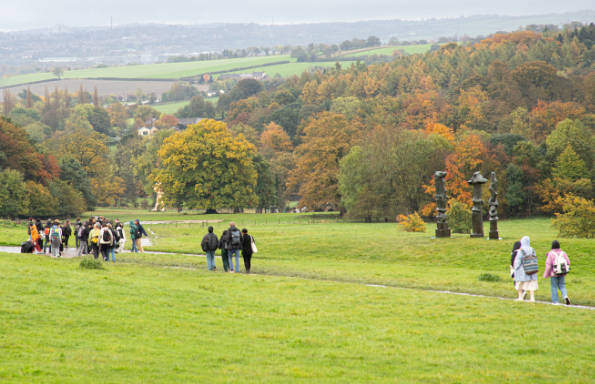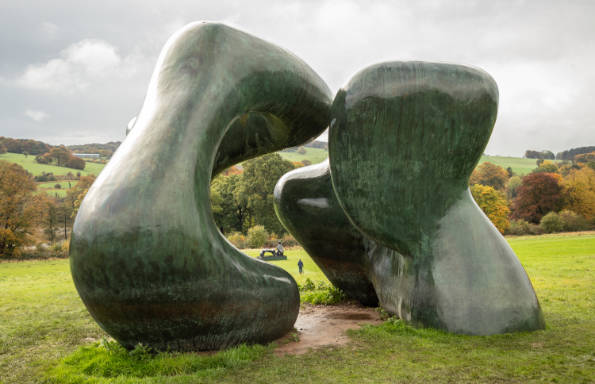BA2 Visit the Yorkshire Sculpture Park & Hepworth Gallery, Wakefield

On a wet November day close to 200 students and staff from BA2 enjoyed a field trip to the Yorkshire Sculpture Park and the Hepworth Gallery, Wakefield.

In their current design project, students are designing buildings set in rural landscape, located in different climate zones. The Yorkshire Sculpture Park offers the opportunity to see several examples of high-quality architecture designed with different relationships to the surrounding landscape, as well as many sculptures and art works set in a rural park landscape. The wet landscape and very grey day still gave us some moments of quite spectacular silvery light.

I was particularly keen to see the Stirling nominated Weston Gallery which has been built since my last visit. It didn't disappoint us. I really enjoyed sitting in the cafe looking out at the oak trees and the staff told us it was a great place to work. We discussed how the carefully chosen colour of the concrete looked like rammed earth, musing on what the implications of using rammed earth instead might have been.
The Hepworth Gallery is on a much bigger scale and in an urban context, but it also demonstrates how architecture can interact with the surrounding cityscape and river. Happy to be out of the rain we enjoyed the exhibitions in the gallery, and I even did a drawing. The highlight for me was the exhibition Hurvin Anderson : Salon Paintings. What I loved most was the use of colour. But thinking about them retrospectively, from an architectural perspective, The Barbershop Series reminded me that the people who actually use buildings sort of complete the design through the ways they choose to occupy and decorate them, and of how spaces develop meaning to those that use them, irrespective of what they might have meant to the architect.
Back in the studio as students develop their projects, I have frequently referred back to these contrasting examples of architecture which we now have as a shared reference point. As students explore their own architectural expression its useful to reflect on how these examples show us different ways you can organise a plan, or design a window, or work with materials, and relate to landscape, and consider what that meant for our experience of the architecture.